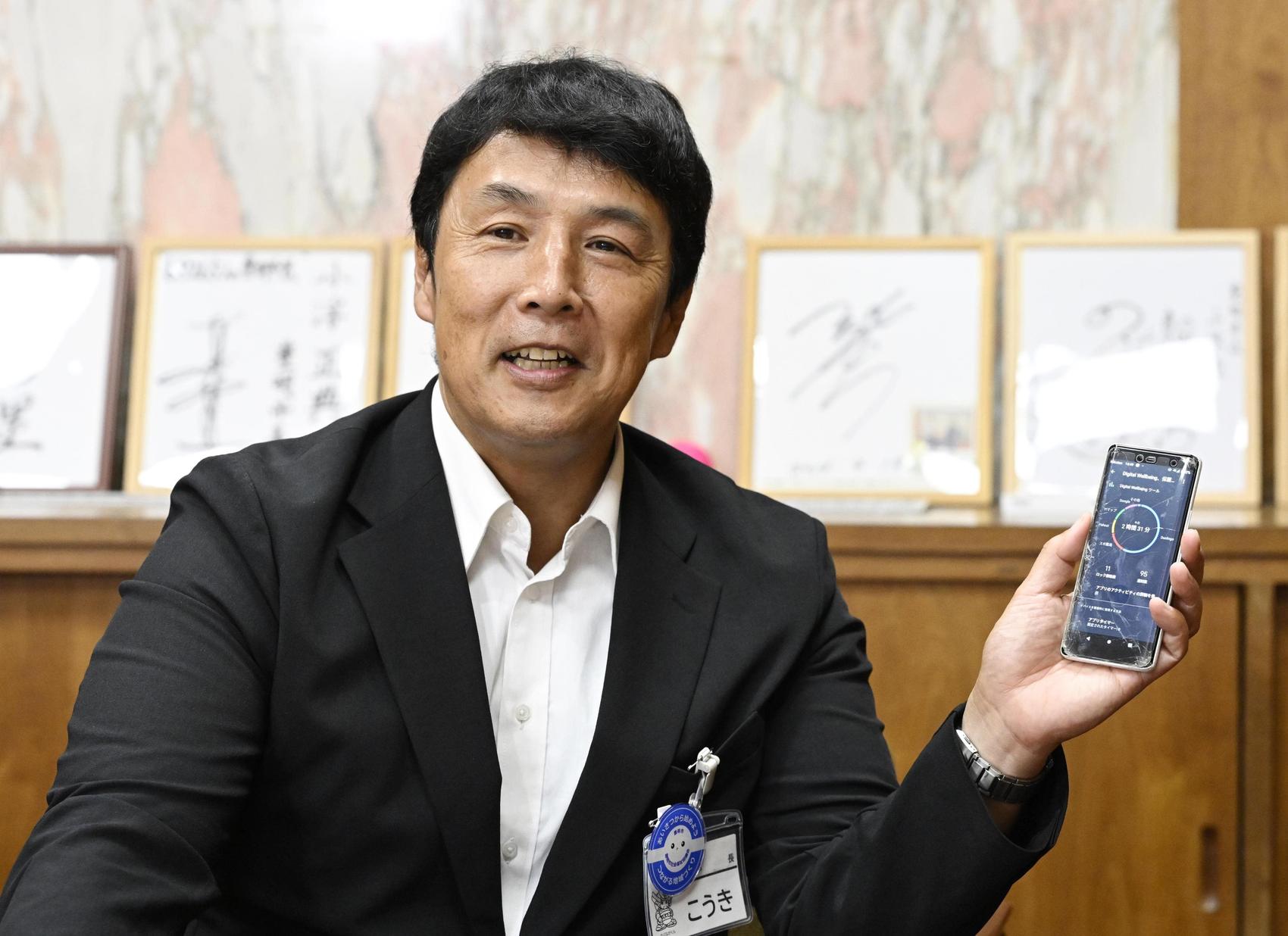By Alison Coleman,Senior Contributor
Copyright forbes

The old ways can still be the best
AI is fast becoming a key part of business marketing strategies, with research showing that 85% of European companies surveyed are using AI-based tools for tasks such as targeting and content generation.
And no wonder, when it can hyper-personalize customer experiences, improve customer acquisition and retention, and increase marketing ROI through data-driven decision-making. According to these three entrepreneurs there is.
Pen and paper
When was the last time you sent someone a handwritten letter? The founder of one advertising startup sends 300 of them every month to engage with prospective clients, and it works.
Alex Dixon launched DACRE early this year and so far, has sent over 1,500 letters to senior marketers at FTSE 350 companies and high-growth businesses. “I think there’s something a little special about receiving a handwritten letter, particularly now when so much of our lives is digital,” he says.
He tapes a one-pound coin into the initial correspondence, a nod to a time when, as children, receiving money in an envelope sparked joy. But there’s also a more direct purpose. He says: “I believe advertising has one job to do, to sell, whether brand or performance, so I tell prospective clients I’m giving them £1 now and I’ll turn it into £2 when we work together.”
MORE FOR YOU
Each letter is crafted on paper from the British luxury brand, Smythson. After the initial communication, Dixon writes to prospective clients every quarter, commenting on developments across the industry and his own.
Supporting change
Handwritten letters can foster deeper emotional connections than digital options. As an authentic and intentional form of communication it is a powerful tool for expressing care, and for the recipient, and strengthening feelings of trust.The response to the hand written letters has been impressive. “Often, it is just the start of a broader conversation, but in some cases, it has immediately led to new business,” says Dixon.
The company has just begun working on a repositioning project with a FTSE 100 company and is undertaking strategic and creative campaign work with private companies in the U.K. and Europe.
The face-to-face approach
Louisa Macari is the founder of haircare startup She’s Thick. The name is a playful twist on the ‘dumb blonde’ stereotype, ‘she’s not thick, but her hair is’. Founded in March this year, the brand was born out of Macari’s personal search for healthier, thicker hair without compromising on her blonde color. Unlike many hair oils that dull the color, She’s Thick is a pre-shampoo treatment designed to strengthen and protect chemically lightened hair.
Macari’s favorite tactic for gaining new customers is messaging them directly via Instagram or simply striking up conversations with women in large retail stores who are shopping in the hair section. She says: “I regularly frequent stores, and if I see someone shopping for hair oils, I approach them directly and introduce myself and the brand.”
Initially, she tried more traditional acquisition strategies, including paid online ads, print media and influencer marketing, but quickly discovered that in the saturated beauty market where customers are bombarded with ads, these channels delivered minimal return. “After three months, it was clear that I was spending a lot for little impact,” she says.
The idea for the F2F approach came from Macari’s reflections as a consumer. She realized she was the target market for She’s Thick. Having dyed blonde hair, she struggled with damage and thinning from regular highlights.
Immediate connection
“When I look for a new product, I browse the beauty aisles of stores like Boots or Space NK, and chat with staff for recommendations,” she says. “That’s when it clicked: why not meet my customers where they’re already in a buying mindset? Speaking to them directly gives me an immediate connection, lets me hear their hair concerns in real time and allows me to offer a solution there and then. It’s personal, free and more effective than another sponsored post in their feed.”
The biggest drawback is how time-intensive it is. She has compiled a list of beauty retailers across London and has set aside enough time to visit the stores in person. Sales have increased by 160% since the switch to a F2F selling strategy in June, and it has been a game-changer for acquisition and retention.
“My customers see the founder behind the product, hear my story, and they understand that it was created by someone who’s faced the same haircare issues,” adds Macari. “While I know it won’t scale easily in the long term, I don’t underestimate the power of word-of-mouth. It’s slower but the loyalty and authenticity it builds are worth it.”
Dad-tested seal of approval
Fathercraft is a parenting initiative aimed at helping new dads navigate parenthood using practical tools, real talk and some humor to liven things up. Founded in 2016 by Paul Zalewski and his brother-in-law, it includes an e-commerce business. One quirky but surprisingly effective technique used to attract and retain customers is the’ dad-tested seal of approval’.
Zalewski says: “While many parenting experts offer polished brand statements and product endorsements for baby gear, we go a step further to attract customers. Our crew records short, unfiltered videos of me testing the baby gear in real-world settings and shares them on YouTube and TikTok. The videos are raw because the aim is to show parents what it’s like to use the gear.”
They started out using conventional, highly polished parenting content. The engagement was there, but it wasn’t huge. Things became more evident in 2020 during the pandemic when they realized that some of the reviews felt disconnected from the real-life messiness of raising kids.
Building trust
“One day, almost as a joke, my brother-in-law filmed me stress-testing a diaper bag by filling it with power tools,” says Zalewski. “We posted the video on our YouTube channel, and parents loved it because it was authentic. The feedback made us realize that leaning into humor and chaos wasn’t just entertaining; it built trust.”
What started as a fun, slightly goofy experiment quickly became a powerful magnet for new customers. The difference has been significant and consistent. YouTube videos featuring this approach perform on average 35% to 45% better in views and engagement compared to their other content. On the retention side, we have seen customer repeat-purchase rates climb by 13% in the past three years, and many parents tell us they return because they feel connected to our humor and the honesty of our content.
Authenticity
“This strategy works because our target audience, parents, don’t see us just as another parenting brand but as fellow parents in the trenches, he adds. “Everything is authentic and not overly branded, which helps us break through the noise.”
AI may be the most popular tool in the marketeers bag right now, but integrating traditional approaches into modern marketing strategies offers an effective way of raising awareness and building trust throughout the buyer’s journey.
Editorial StandardsReprints & Permissions



